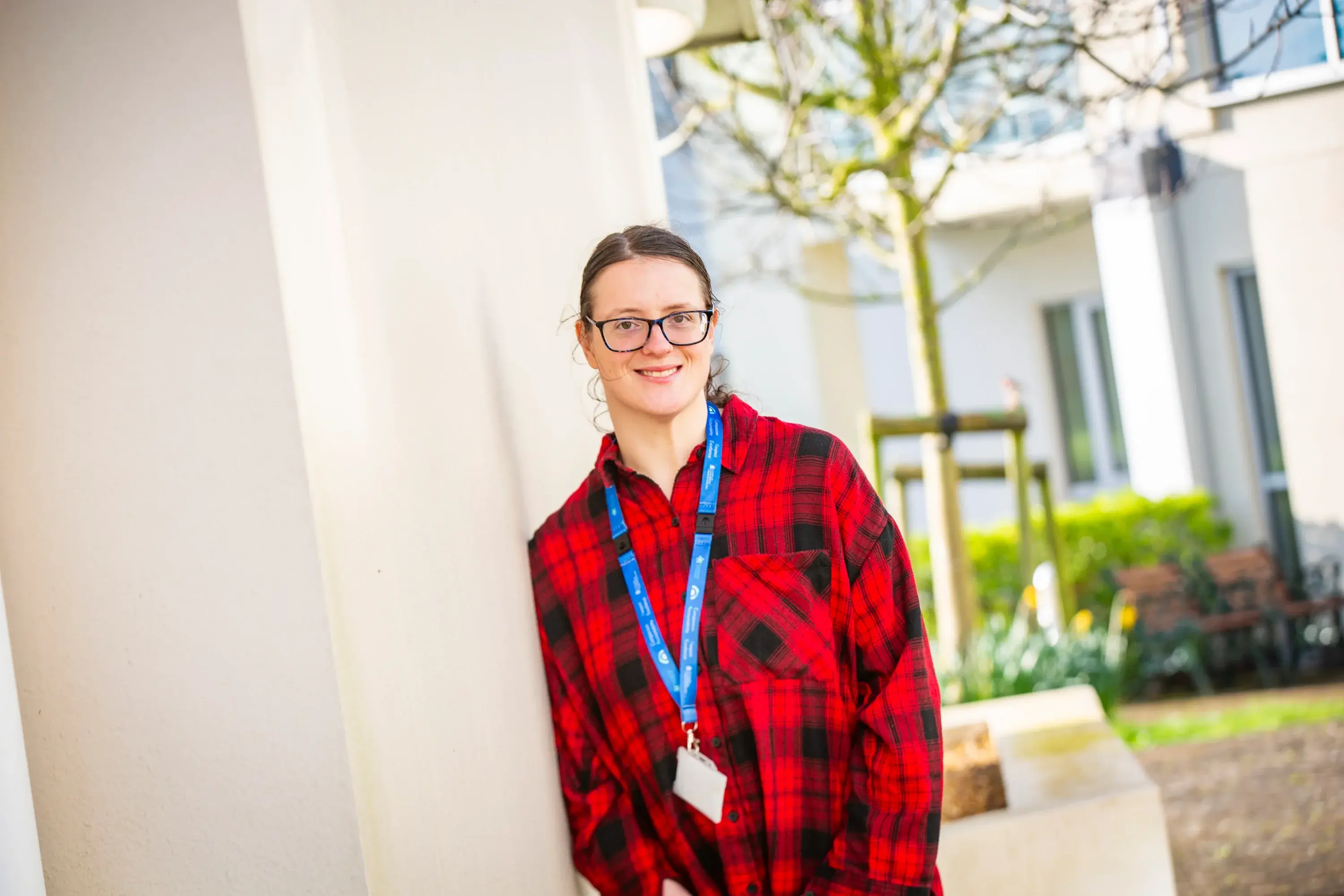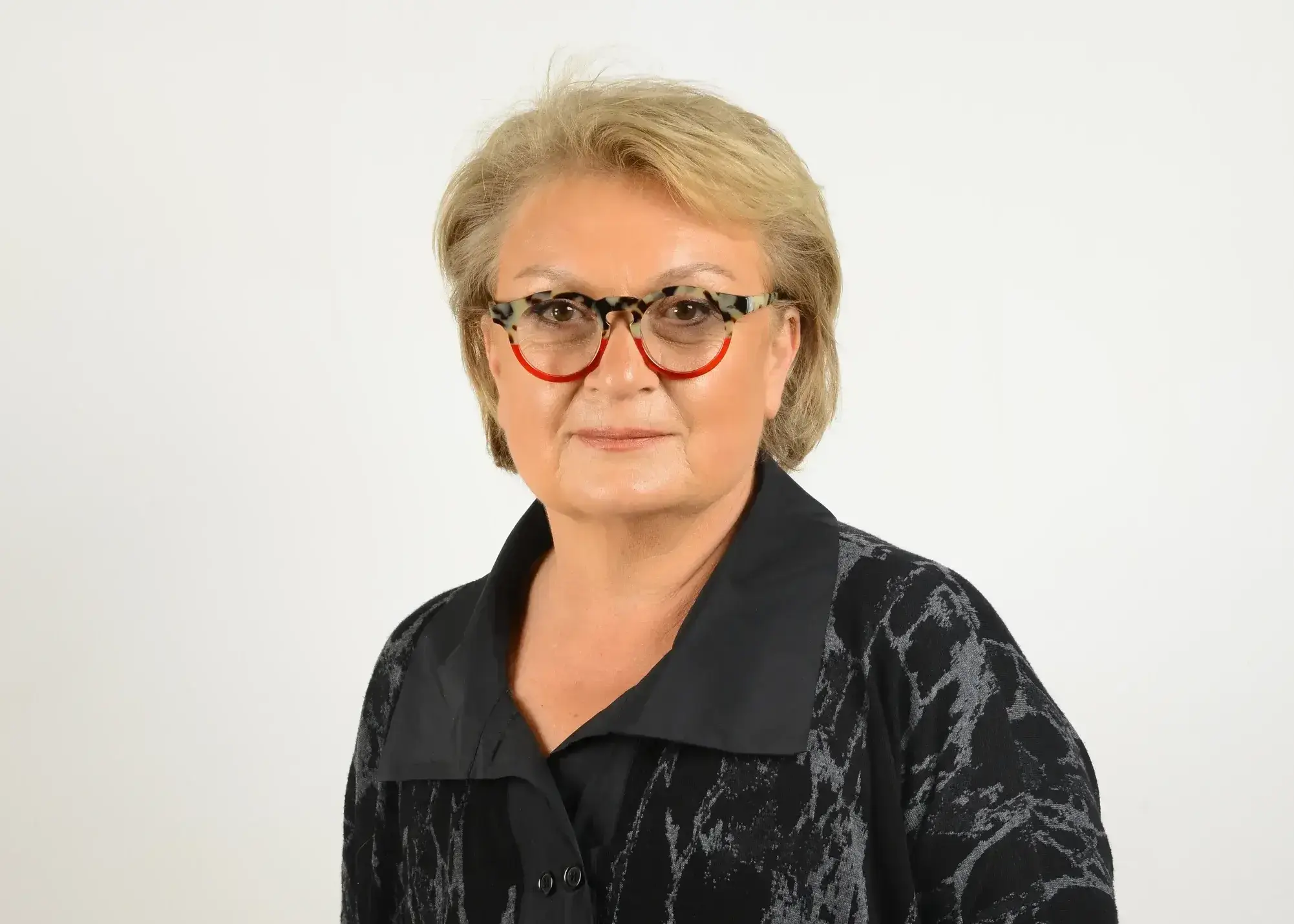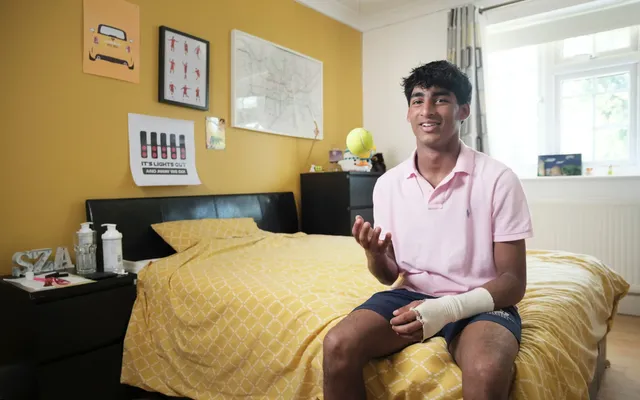Emily's story
Emily has endured immense challenges as an Autistic person undergoing traditional eating disorder treatment.
Emily, 31, is one of many young people who have had to endure immense challenges as an Autistic person undergoing traditional eating disorder treatment. Now her experience is helping to reshape care for others.
Bright lights, noisy spaces, and forced social interaction made it difficult to engage.
“Being Autistic, I struggled to understand what was happening with my treatment.”
“The environment was overstimulating - bright lights, noisy spaces, and forced social interaction, which made it difficult to engage. When I couldn’t process what was happening, I was labelled as non-compliant. Staff resorted to restraints and medication rather than adjusting the approach to fit my needs.”
“Things improved when I was referred to the autism and eating disorder service. Instead of being forced into long talking sessions, I was given the option to draw or write things down. Small adjustments – like reducing brightness, allowing me to close my eyes, and breaking down sessions into manageable parts – it all made a huge difference.”
An expert-by-experience
Emily is a lover of music, poetry, and art. She is also an ‘expert by experience’ in autism, mental health and eating disorder services, where she helps clinicians to adapt their services for neurodiverse needs.
Emily was only 12 when she was diagnosed with anorexia nervosa. Over the course of her teenage years, Emily’s eating disorder led her to multiple inpatient admissions. She was only finally diagnosed with autism in adult services, which then led to her referral to an autism and eating disorder service.
Since 2023, Emily has worked closely with Professor Kate Tchanturia and the PEACE pathway, reviewing clinical care, and using her lived experience to help improve autism-inclusive treatment.


Improving the lives of people with an eating disorder and autism
Professor Kate Tchanturia has developed PEACE (a ‘Pathway for Eating disorders and Autism developed from Clinical Experience’) - a pioneering new clinical pathway.
Find out moreCreating a safe environment
“One of the most important aspects to me is creating a safe environment. Many inpatient settings are too clinical and overstimulating.”
“PEACE has developed accessible resources, including sensory-friendly meal planning tools, that can help make treatments more accessible. Understanding distress levels is also key, and treatment should involve back-up plans, where professionals communicate notes rather than requiring patients to repeat their stories.”
As part of her work with PEACE, Emily has developed sensory-friendly tools for soothing distress (like the ‘Purrble’ toy robot) and created hospital ‘communication’ passports. Both techniques will help to clearly outline patients’ needs, distress signals and required adaptations.
If I’d had access to PEACE earlier, my experience would have been vastly different.
Making autism-inclusive treatment the standard
“Early intervention is crucial. If someone shows Autistic traits, there shouldn’t be a long wait for a formal diagnosis before adapting their care. If I’d had access to PEACE earlier, my experience would have been vastly different.”
“I hope to see PEACE pathways implemented in all services, making autism-inclusive treatment the standard. Everyone deserves a treatment approach that sees them as a person first, not just a diagnosis.”
Emily's story and Kate's research on eating disorders and autism is featured in our latest impact report.
Inspired to take action by Emily's story?
Donate to support more life-changing medical research and give hope to those grappling with underfunded and overlooked conditions.
Donate now